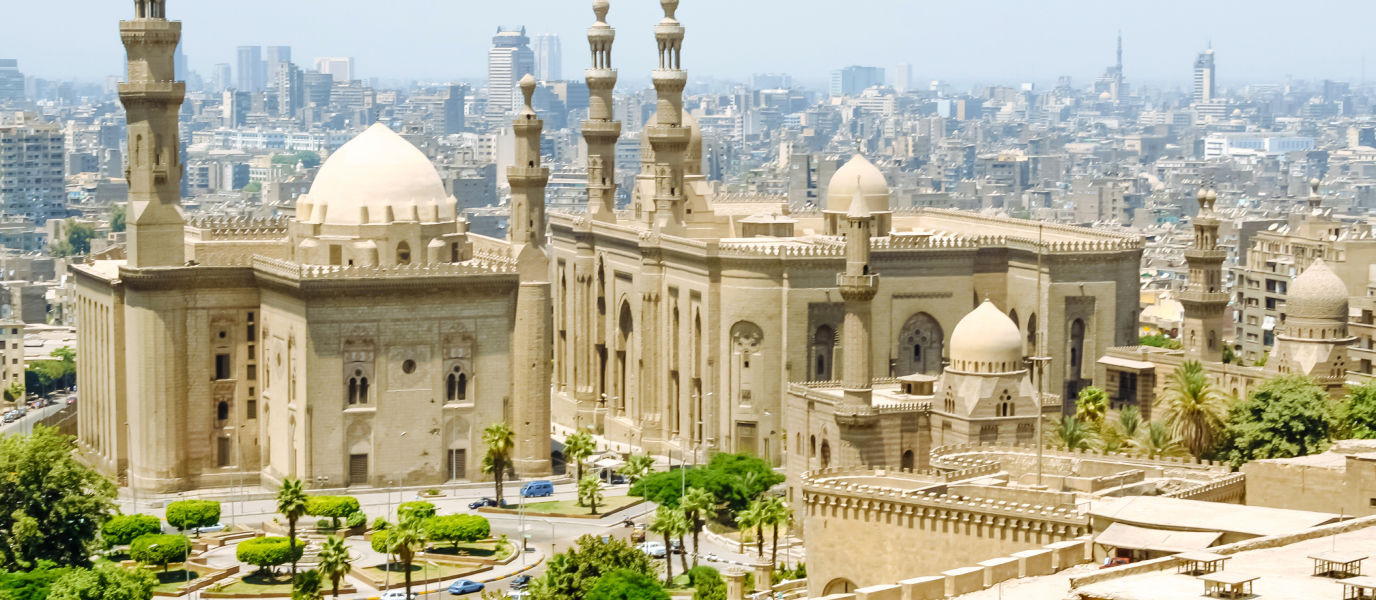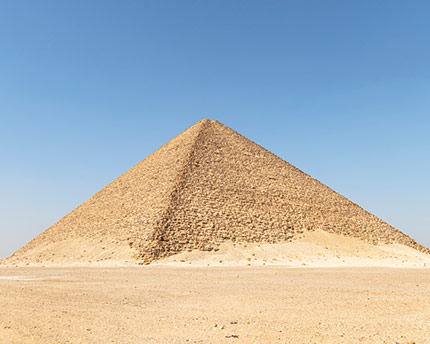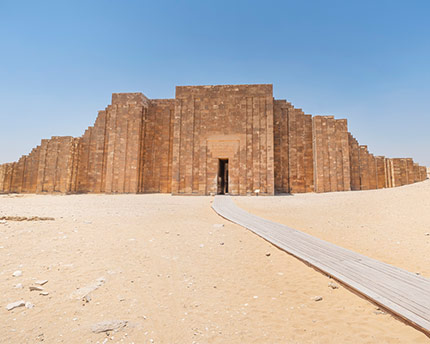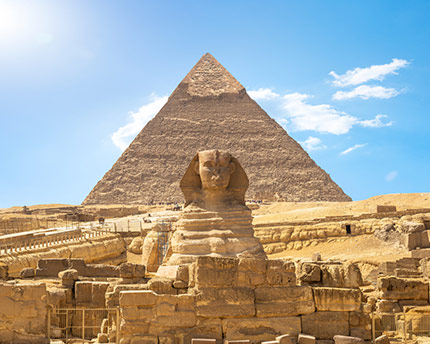Built at a strategic location on a promontory close to the Mokattam Hills to the east of Cairo, the Citadel of Saladin is one of the most important historical sites in the city and a key part of Islamic Cairo (or Historic Cairo), an area which was declared a UNESCO World Heritage Site in 1979.
A visit to this imposing medieval fortress will allow you to delve into the Islamic history of the Egyptian capital and the wider Middle East and North Africa regions. Visiting its mosques, palaces, museums and other architectural elements is an excellent way of discovering the nuances of Islamic architecture from different historical periods and, at the same time, admiring the traces left by Egypt’s Ayyubid, Mamluk, Ottoman and Khedival rulers between the 13th and 19th centuries.
History of the Citadel of Saladin
The great Ayyubid Sultan Saladin was the first to commission the construction of a fortress on the Mokattam Hills in the late 12th century. However, it was not until the reign of Sultan al-Adil I in the first decade of the 13th century that the initial construction phase was completed and the Citadel became the residence of the Egyptian rulers. It remained so for almost seven centuries, until the Khedive Isma’il Pasha moved his residence to the new, centrally-located Abdin Palace in 1872.
The Cairo Citadel underwent various transformations over the course of its long history, including a raising of the original ground level with the superimposed construction of various structures. The modifications made by the Mamluk Sultan al-Nasir Muhammad in the 14th century and the profound reformation carried out by the Ottoman governor Mehmet Ali in the 19th century were the most significant changes made to the ancient Citadel. However, they were not the only ones. The continuous process of construction and reconstruction of the great defensive complex reflected, over the centuries, the political and cultural changes of the city and, by extension, of Egypt as a country.
The Citadel has witnessed some of the most significant milestones in Egyptian history, from its construction up until the end of the dynasty of Mehmet Ali, the last ruling house of Egypt, which held power from the early 19th century until the 1952 revolution which marked the birth of the modern Egyptian republic. The walls, halls and esplanades erected by Saladin and his successors still bear the traces of those fascinating events that took place between the desert and the old Nile.
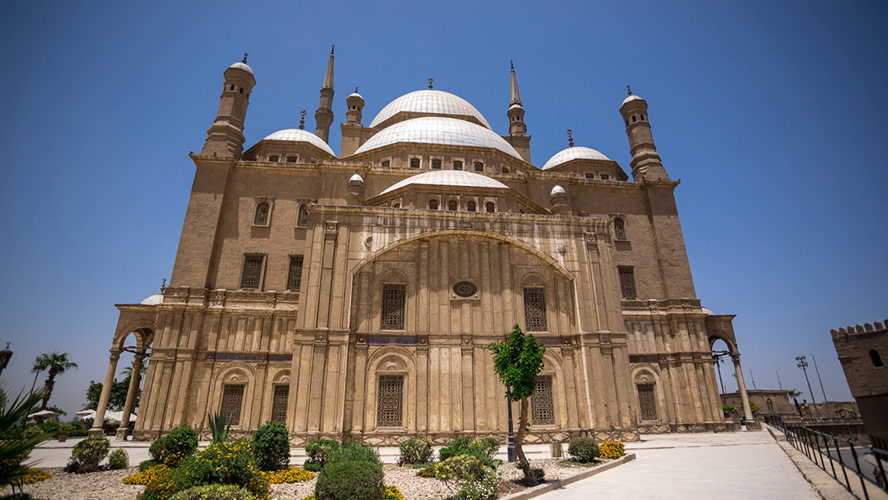
What to see in the Citadel
Divided into two main sectors —the Northern Enclosure (more military in character) and the Southern Enclosure (more religious and palatial)— the Citadel offers everything from mosques and palaces to key elements of military architecture.
Muhammad Ali Pasha Mosque.- Also known as the Alabaster Mosque, this immense temple —the largest building of its kind in the first half of the 19th century— was built between 1830 and 1848 under the orders of the Ottoman governor Mehmet Ali, whose mausoleum is housed inside. With a square floor plan and a large central dome supported by four half-domes, the construction is inspired by the New Mosque in Istanbul. In addition, its 84-metre “twin” minarets are the tallest of their kind in Egypt.
Interestingly, the mosque’s courtyard is home to a tower with a copper clock face that King Louis Philippe I of France gave to Muhammad Ali Pasha in 1845. This was given as a gesture of gratitude after receiving from the Sultan, just a few years earlier, the great obelisk of Ramses II that still stands in the Place de la Concorde in Paris.
Al-Nasir Muhammad Mosque.- Built twice, in 1318 and 1335, and used as the royal mosque during the Mamluk Dynasty, this is one of the Citadel’s most iconic monuments due to its eclectic fusion of architectural styles and features. This hypostyle mosque is also located in the Southern Enclosure, alongside the Muhammad Ali Pasha Mosque, and is decorated with verses from the Quran and beautiful geometric figures. Its two lavishly decorated minarets are some of its main attractions.
The al-Nasir Mosque was plundered during the time of the Ottoman Empire and later converted into a prison and storage facility during the British occupation (1882-1956). Fortunately, various restoration projects since 1948 have succeeded in restoring the building to its former glory.
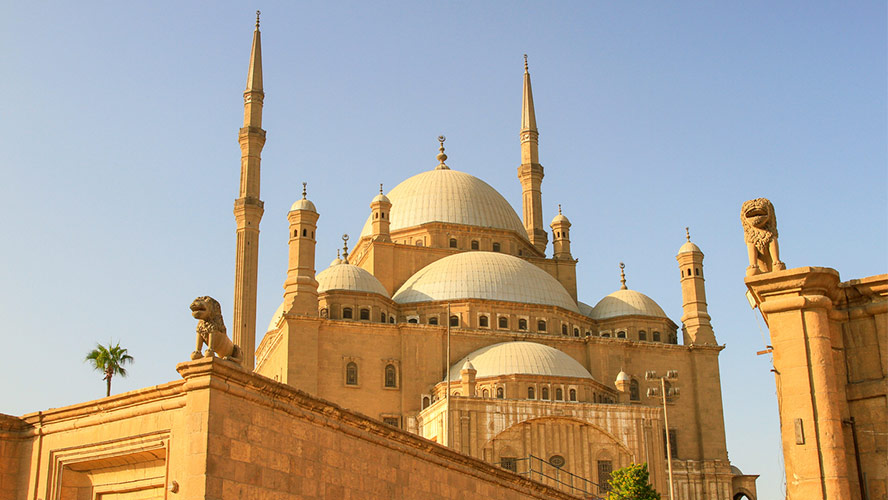
Suleyman Pasha Mosque.- The only mosque in the Northern Enclosure, this 16th century place of worship is one of the few examples of “classical” Ottoman architecture found anywhere in Cairo. It is much more modest in design than the other two great mosques of the Citadel. However, it is unique for both its architecture and for the fact that it was built for the exclusive use of the dreaded janissary troops: members of the elite infantry units who formed the Ottoman Sultan’s personal guard.
Al-Gawhara Palace.- The residence of Muhammad Ali Pasha’s last wife, Gawhara Hanem, and the audience hall of the governor himself, the palace stands opposite the mosque of Muhammad Ali Pasha himself and is a beautiful exponent of Ottoman architecture with strong European influences. Lavishly decorated (hence its nickname of ‘Bijou Palace’), the structure was built in 1814 by craftsmen from as far afield as Greece, Bulgaria, Albania and Turkey, who worked in collaboration with a series of French architects. In any case, it is a most peculiar place that reflects the customs and functions of the ruling elite of a specific period in Egyptian history.
The al-‘Azab Mosque; the Palace of al-Ablaq; the cistern of Ya’qub Shah al-Mihmandar; the Archaeological Museum-Garden; the Mamluk aqueduct; the well of Saladin; the gates, walls and bastions; and the squares, fountains and gardens, among many other elements, give form and substance to this enormous military, religious and palatial complex.
In addition to palaces and mosques, the Cairo Citadel is also home to three museums that we recommend visiting during your time in this impressive complex.
Egyptian National Military Museum.- Opened to the public in 1949, this space in the Northern Enclosure occupies a former palatial residence built by Muhammad Ali Pasha in 1872. It tells the story of Egypt’s long military history, from the Pharaonic period right up until the present day.
Royal Carriages Museum.- Located next to the main entrance to the Citadel, this small museum (which opened in 1983) displays a collection of official carriages that once belonged to the family of Muhammad Ali, as well as various antiques and related objects.
Police Museum.- Housed in the former prison of the Citadel, this museum tells the story of the Egyptian police force and has rooms dedicated to each historical period. The museum also documents the most important battles, assassinations and crimes of the modern era, as well as the evolution of uniforms and weaponry used by the country’s security forces.
Tips for visiting the Citadel of Saladin
This huge enclosure, which is open from 9 a.m. to 5 p.m. every day, is an historical and archaeological jewel that everyone should visit during their time in the Egyptian capital, even if only for a couple of hours. However, there are a couple of things you should know before turning up:
Dress code.- The Citadel and its mosques are part of an Islamic complex, which means it is important to dress appropriately. It is considered a sign of respect to refrain from entering with shorts and sleeveless tops. Women, meanwhile, are asked to wear a headscarf. Shoes are not permitted in any mosques. As such, for those who want to avoid going barefoot, don’t forget to wear socks.
Friday prayers.- Although the Citadel is open, we don’t recommend visiting the Citadel after midday on Fridays. This is when the Yumu’ah (Friday prayer) begins, which is a very important time in the Islamic faith.
Beware of the Sun.- The Citadel is a huge enclosure and it can take some time to get from one place to another. As such, it is always important to protect yourself from the harsh Egyptian sun and to stay hydrated at all times.
Despite the above, it is still worth visiting for the spectacular panoramic views of the city of Cairo, which are particularly amazing from the esplanade adjacent to the Muhammad Ali Pasha Mosque. They are simply wonderful!
Where to eat close to the Citadel of Saladin
Inside the Citadel there are a few kiosks that sell water and not much else. There are no restaurants inside the complex. However, at the foot of the great medieval fortress, still within Historic Cairo, a variety of options can be found in the area around Saladin Square (or Citadel Square) and the huge Sultan Hassan and Al Rifa’i mosques. There you will find everything from fast food stalls to all kinds of cafeterias and restaurants.
The establishments located in Al-Azahar Park, one of the most pleasant green areas of the city, might also be worth considering. Located just a short distance north of the Citadel, this is a great place to grab a bite to eat and enjoy a relaxing stroll through the lush gardens.
A third option are the 3 restaurants housed within the Barceló Cairo Pyramids hotel: 3 gastronomic proposals that offer traditional local dishes and different international specialities, always with the freshest ingredients and the meticulous care that is synonymous with the culinary teams of the Barceló Hotel Group.
Where to stay close to the Citadel of Saladin
Located between the banks of the Nile and the Giza plateau —just 4 kilometres from the legendary pyramids of Cheops, Kefren and Mykerinos— the Barceló Cairo Pyramids hotel (https://www.barcelo.com/es-es/barcelo-cairo-pyramids/) is the perfect choice for an unforgettable stay in Cairo. Its 236 spacious rooms (some with stunning views of the pyramids), first-class gastronomic offer, magnificent outdoor heated swimming pool and spectacular panoramic terrace are just some of the reasons to stay at this exceptional 4-star hotel, part of the Barceló Hotel Group.





























































